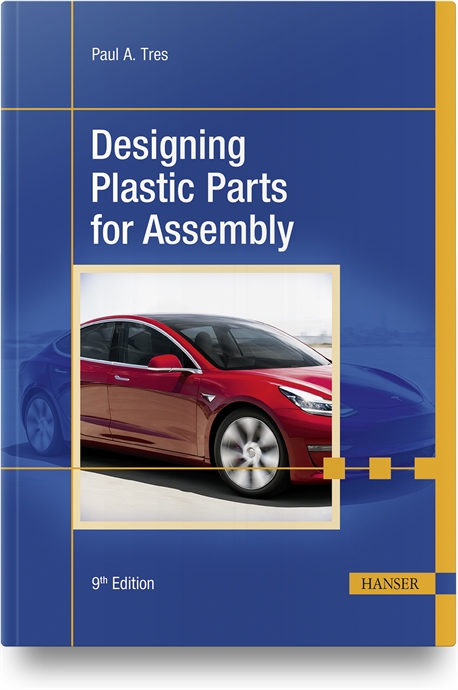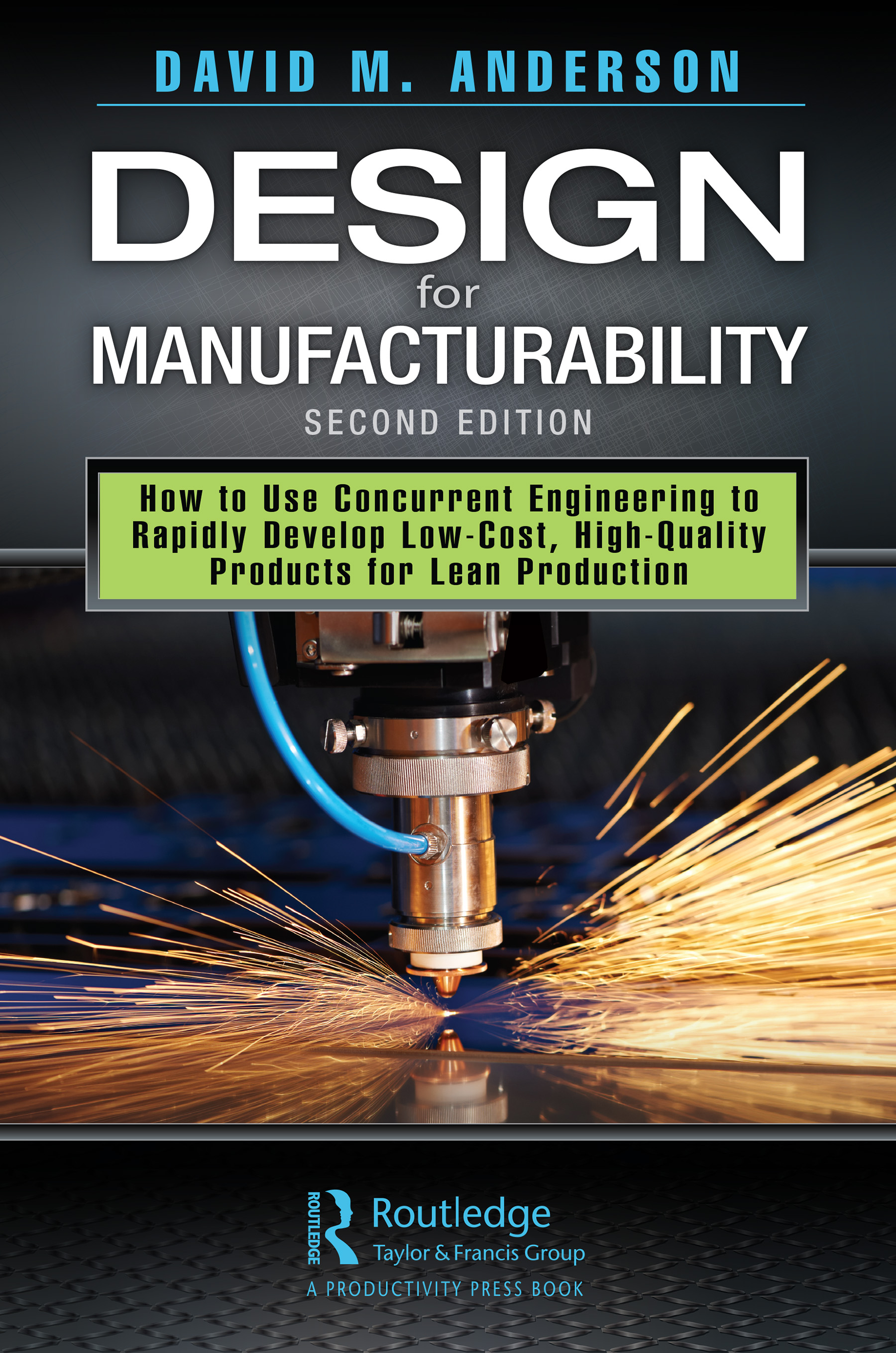After a decade or more of obsessive focus on slashing costs, many manufacturers are looking to innovation for a competitive edge. GE CEO, Jeffrey Imelt, is telling managers that no matter how efficient their work processes are, they won't achieve his goal of 8 percent organic growth unless they have great products and services to sell, reports Carol Hymowitz. At Proctor & Gamble, the vice president of design and innovation, a position that didn't exist before 2001, encourages engineers, designers and marketers to pool their ideas.
Some companies only talk about innovation; not so at John Deere. Writing recently in The Wall Street Journal, Hymowitz says although cost-cutting and manufacturing efficiency have been main concerns for CEO Robert Lane since he took charge 6 years ago, he hasn't cut spending for research. Lane reminds employees that Deere was founded on the invention of the steel plow that could turn prairie soil. Deere's newest tractors and combines are computerized grain factories on wheels. Guided steering systems keep tractors and planters on track, and combines use on-board computers plus GPS to record yield in both real-time and location in the field. Half of Deere's salaried employees are engineers, and Lane says the key to Deere's growth is still the company's ability to keep inventing new products that are useful to customers.
The lone inventor, long an American icon, is also alive and well. It's often overlooked that lone individuals are responsible for some of the greatest inventions of recent years, including the implantable pacemaker. Of the 85 living persons listed in the National Inventors Hall of Fame (Akron, OH), 25 weren't linked with a bigger company at the time they created their inventions.
For example, Paul Ryznar, a former vice president of operations at Detroit Diesel, was searching for a way to prevent workers on the diesel engine assembly line from making the same mistake repeatedly. He left the company to create a prototype of a visual aid that uses colored lasers to spell out each step of the manufacturing process. Now, he says he's in talks with General Motors about possible sale of the product.
Krishnan Ramu just won a patent for an electric motor that is quieter and more efficient than existing household appliance motors, which he hopes to sell through his own company. A former engineer for GM's electric car program, Richard Marks built his own electric car prototype, has filed for a design patent, and is seeking funding to continue the project.
Innovative products, regardless of their source, won't become commercial successes until and unless they can be manufactured and sold at a profit. This is where Assembly Technology Expo and Conference 2006 enters-stage left. ATExpo is the place to get a close-up look at new assembly equipment and learn about the latest assembly methods. ATExpo will be held on Sept. 26-28 at the Donald E. Stephens Convention Center (Rosemont, IL). Check out the show web site www.atexpo.com for complete details.





